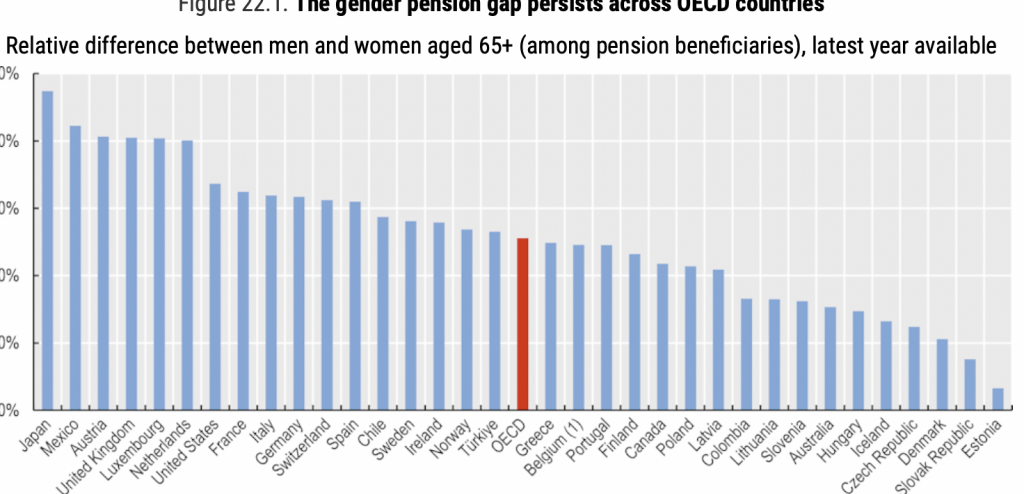Gender Equality: wide-ranging from OECD
The latest OECD report, Joining Forces for Gender Equality, is a massive effort, covering GE-related issues not just in the usual areas of education and work, but across sectors such as energy and with some highly topical specific chapters, for example on Ukrainian women. Not bedtime reading, but definitely worth checking out. Here are a few Paula-related selections.
GPG reporting. The report describe (p28) how countries are increasingly using reporting measures on the Gender Pay Gap to build a base for developing action. It highlights a Swiss tool which helps companies do this – https://www.logib.admin.ch/home.
Parl-time work. The gender distribution of this has changed very little over the last decade. Across all OECD countries nearly 22% of women in employment work part-time, compared with 7.7% of men. What the report doesn’t say is that the qualification profiles of these two groups are very different, with part-time women likely to be much more highly qualified than their male counterparts.
Wage differences. Ch 16 shows how slow the decrease in pay differences has been. It notes that most of the differences stem from practices within firms, and it’s not so much to do with overt discrimination, ie not giving equal pay for equal work, but a failure to develop good career paths for women. This suggests to me that the key is in changing employer behaviour, and in particular their understanding of competence. The GPG gets higher the further up the competence ladder you go.
Pension gap. Ch 22 confirms the effect of the increase in pay inequality across the life course – a favourite topic of mine. It shows a 26% gap in pensions.

More on this in my next post.
